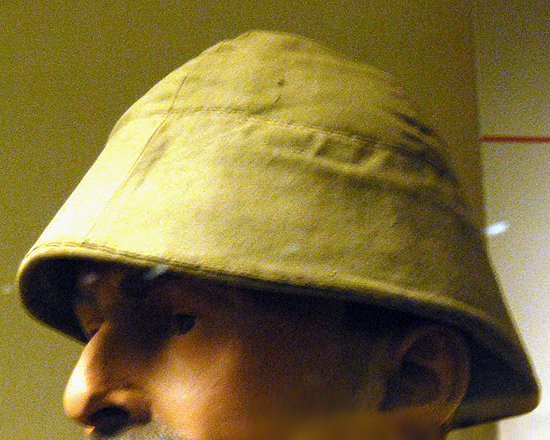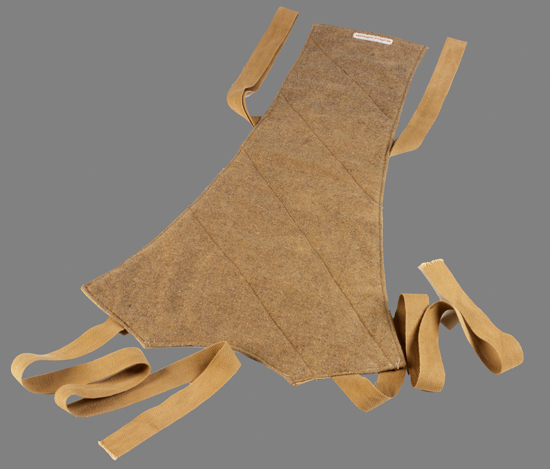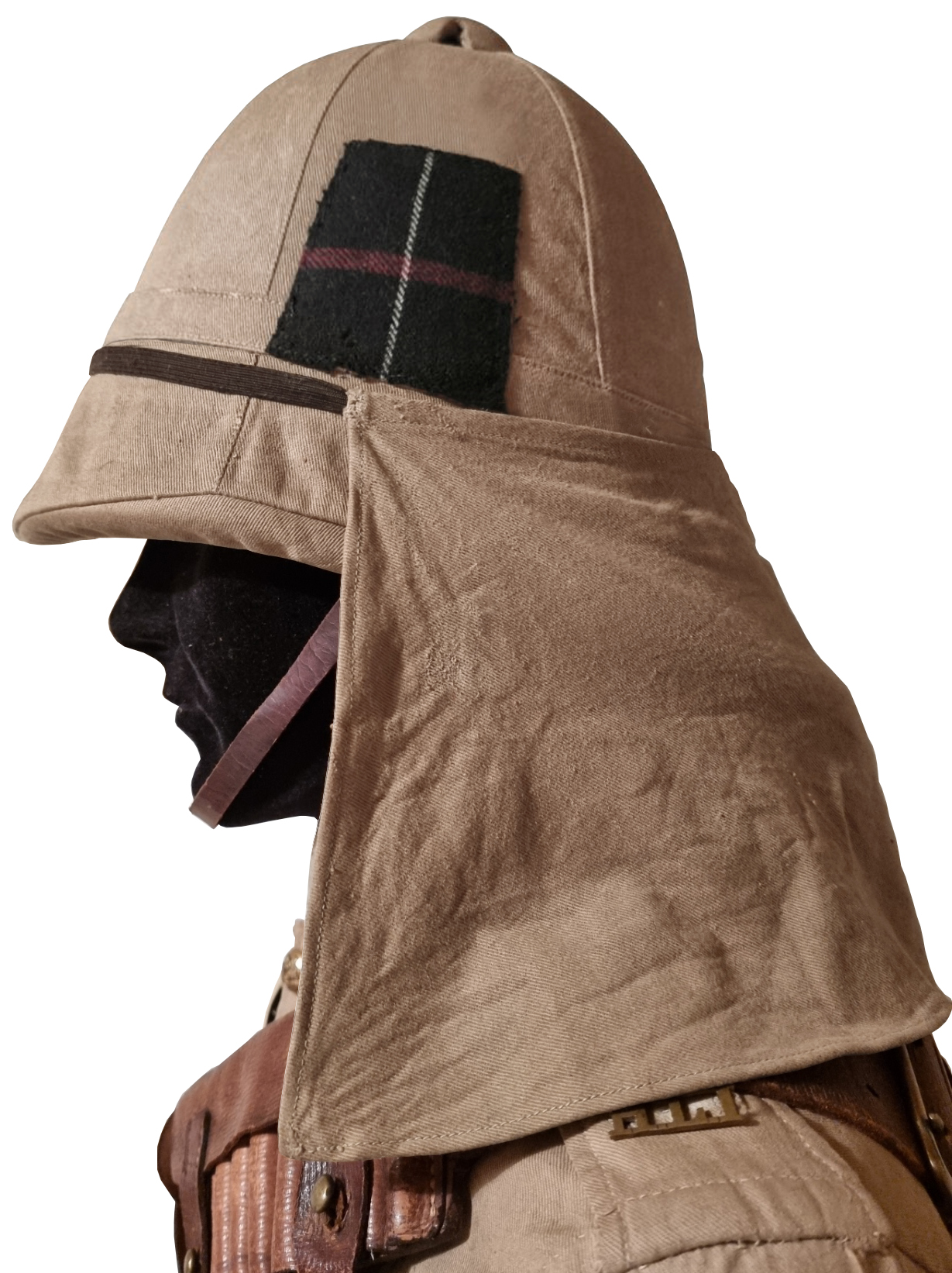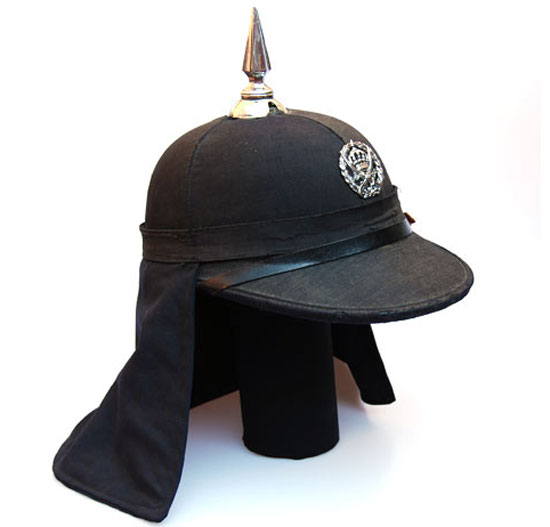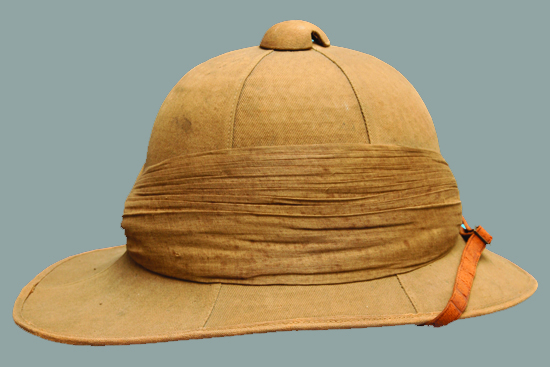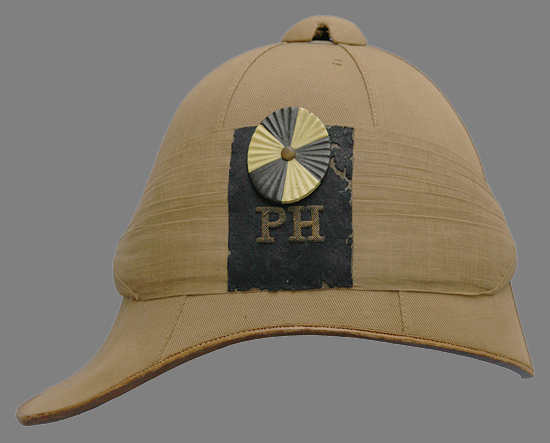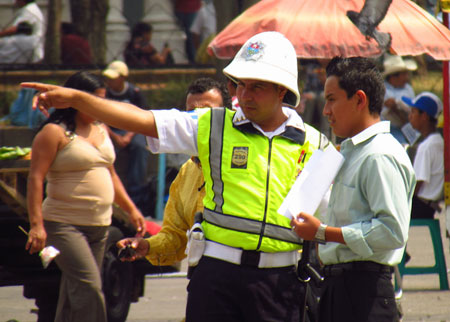Chris Flaherty, lives in London, and has a long-term interest in militaria collecting, curation, preservation and research. He has written extensively on World War I Ottoman Turkish military history for the UK Armourer magazine and Soldier of the Queen (journal).
To discuss the Turkish Kabalak, we must firstly dispel a few myths; some 40 years ago a book on German steel helmets accidentally transposed the Ottoman Turkish contracted M18 helmet, with a visorless version (which made its first appearance after World War I in the hands of the German Freikorps units), both of which had been made by Eisenhüttenwerk Thale.1 Continue reading

